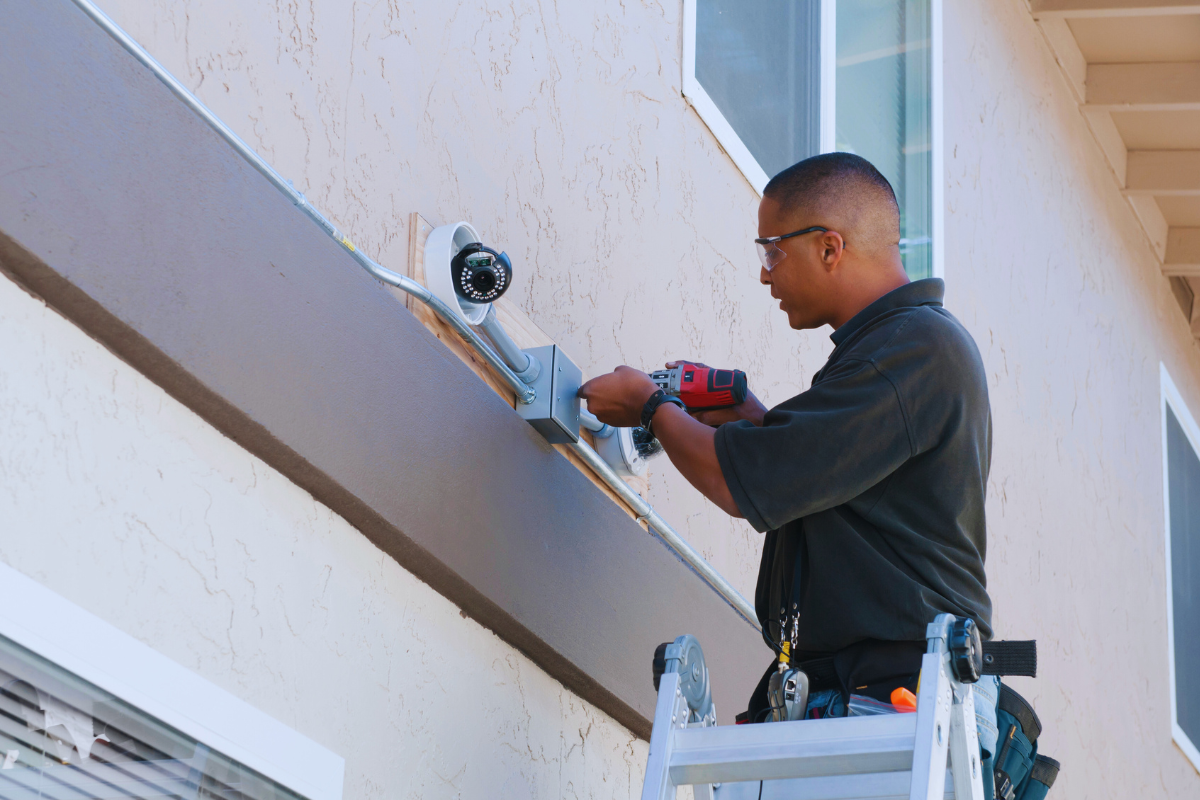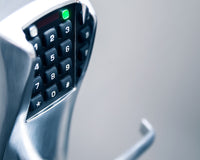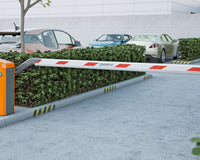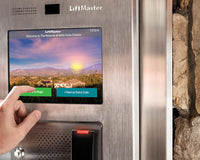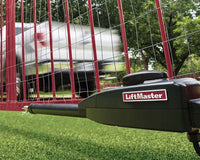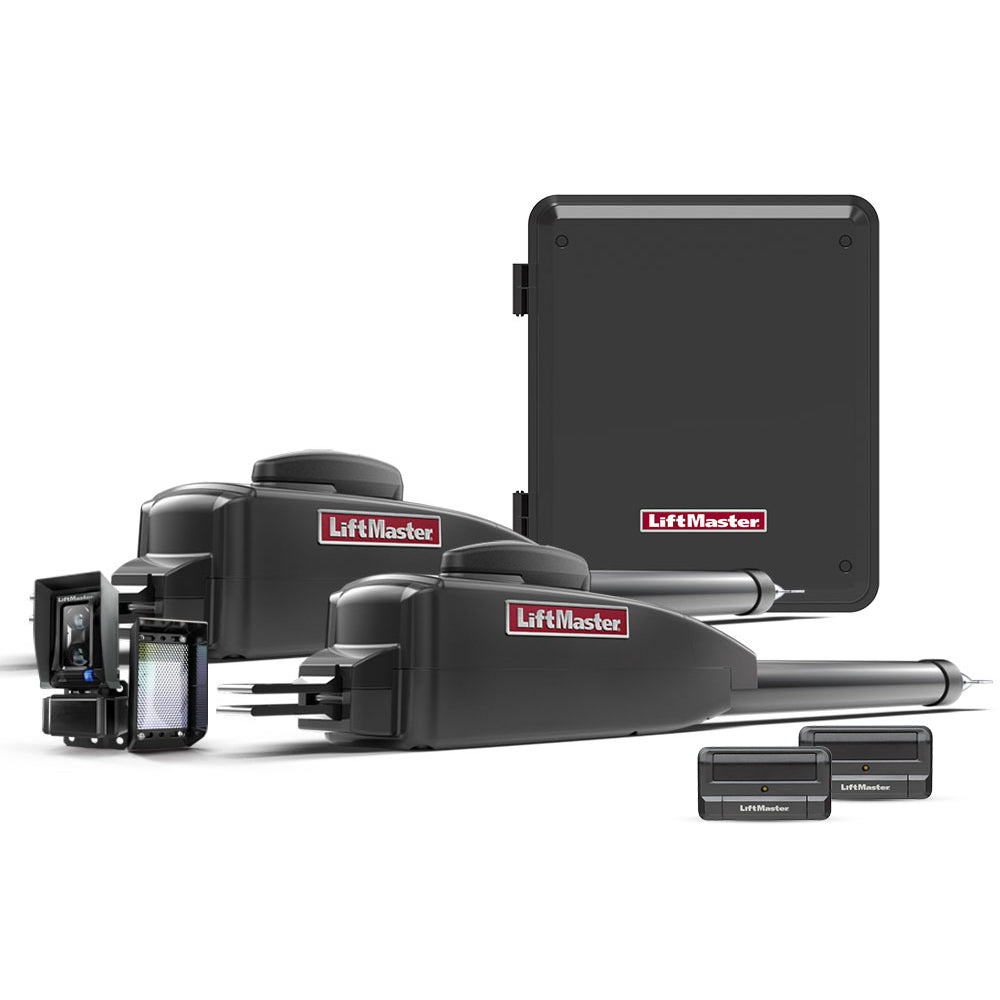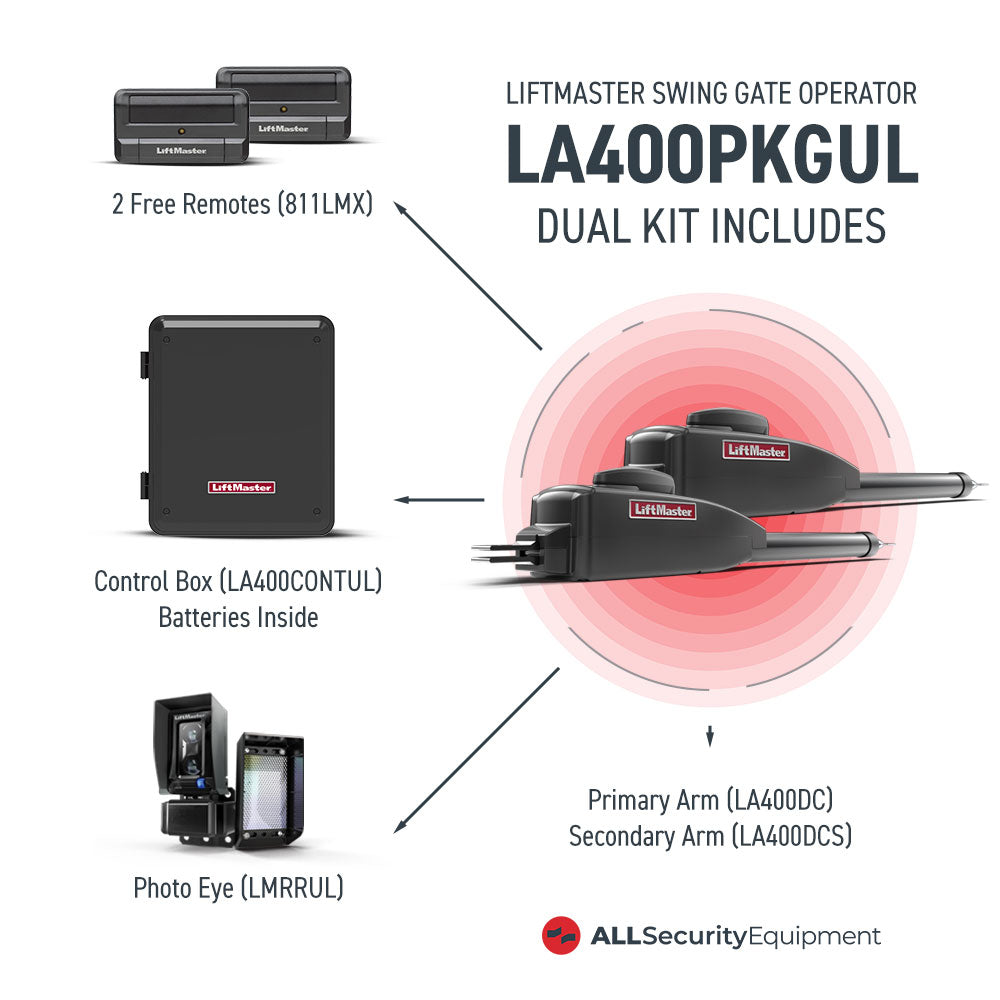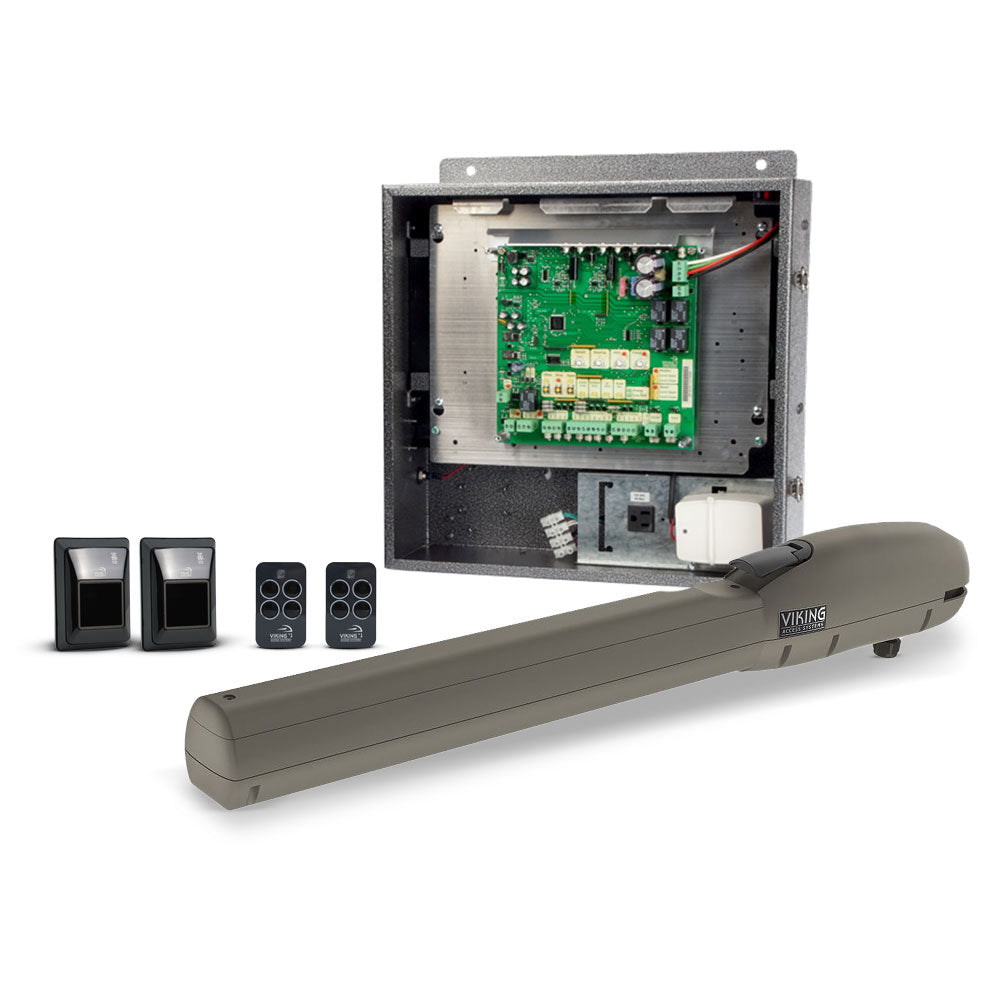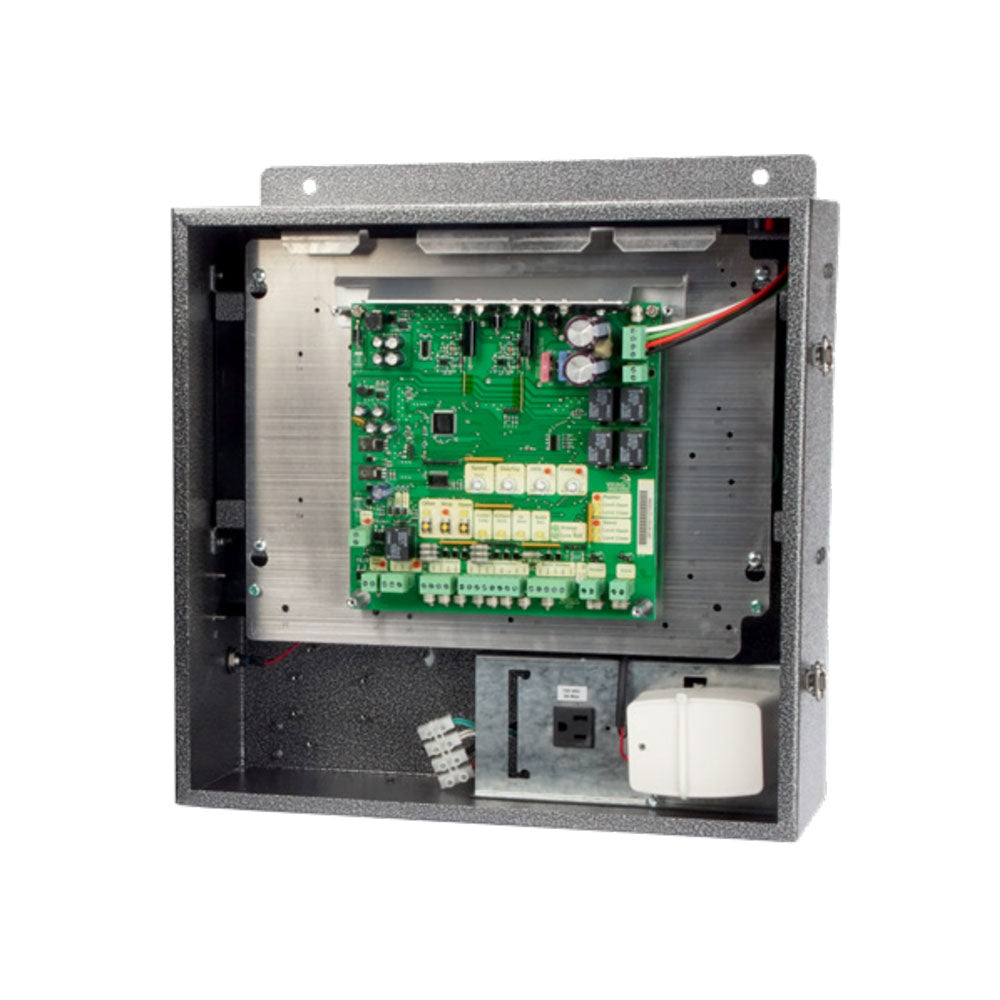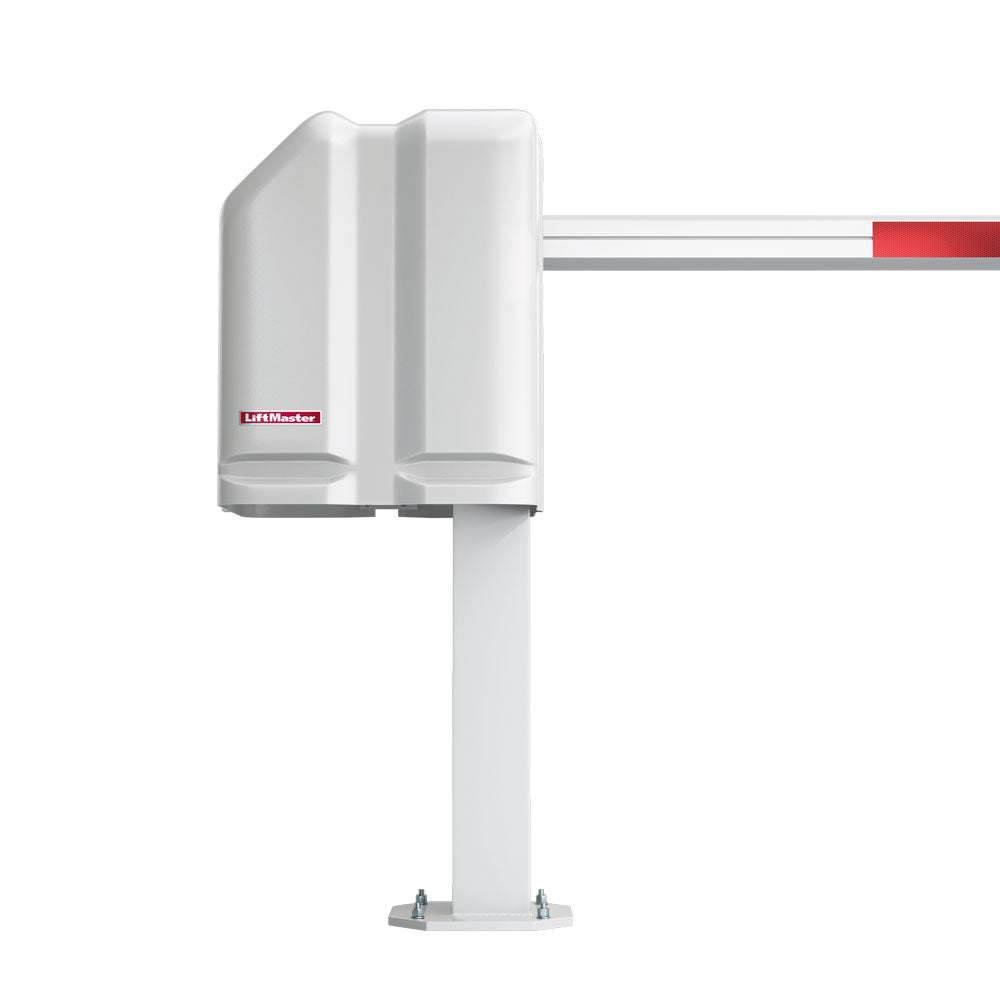When the temperature rises, so does criminal activity.
It’s not just a theory. Data from law enforcement agencies and security firms consistently shows that summer break-ins peak between Memorial Day and Labor Day. People leave for vacation. Windows stay open longer. Garage doors are left ajar. And properties become easier to scout under the guise of longer daylight hours.
But here’s what’s often missed: Most break-ins don’t happen at night—they happen in broad daylight, between 10 a.m. and 3 p.m., when no one’s home. That means relying solely on motion-activated floodlights or nighttime surveillance won’t cut it. What you need is a proactive, layered security check—and the right cameras to back it up.
The Psychology of Summer Theft
There are two things intruders love: routine and opportunity. Summer provides both.
Families travel more. Workers come and go. Neighborhoods are quieter in the daytime but busier at night with gatherings. These seasonal patterns make it easy for intruders to observe your habits—and strike when you’re least expecting it.
They look for simple signs:
-
Mail piling up
-
No cars in the driveway for multiple days
-
Packages left on the porch
-
Side gates unlocked or broken
-
Security systems clearly outdated or visibly inactive
This is where a seasonal security check makes a real difference.
Want to get ahead of threats? Our article on why property crime spikes in summer explains what patterns to watch for and how to prepare.

Your Security System Might Be Outdated—And That’s a Problem
Many homeowners and small business operators assume that once a camera is installed, it's doing its job. But technology evolves, and intruders know how to spot the gaps.
Some common weak points we see during summer:
-
Outdated cameras with grainy daytime resolution
-
No coverage of side yards, back gates, or alleyways
-
Motion sensors that trigger too late
-
Wi-Fi cameras with dead zones or signal dropouts
-
Battery-powered systems with no weatherproof housing
In fact, one of the easiest ways to catch intruders on camera is to install low-profile, weather-rated cameras near entry points—not just at the front door. Driveways, sliding glass doors, and even second-story windows are all favorite targets.
What Makes a Camera “Summer-Ready”?
The phrase weatherproof doesn’t always mean summer-proof. Heat, humidity, glare, and storms can cause cheaper cameras to overheat, short-circuit, or lose image clarity when you need it most.
Look for surveillance systems that feature:
-
Wide dynamic range (WDR) for handling extreme lighting contrasts
-
Infrared and daytime clarity, not just night vision
-
IP66 or higher weatherproof ratings
-
Cloud backup or real-time alerts for motion detection
-
Flexible mounts for angling around eaves, garages, and fences
Explore our top-rated security cameras and installation angles that help cover the blind spots most people miss.
The Right Security Check Starts Outside
The truth is, the most common entry points aren’t always doors. Intruders go where they won’t be seen—side entrances, detached garages, unlocked gates. That’s where most homeowners don’t place cameras. And that’s exactly what seasoned thieves count on.
A good security check should start from the curb, not the couch.
-
What does your home look like to a stranger driving by?
-
Can someone reach your backyard without triggering any detection?
-
Are your cameras visible enough to deter—but not so obvious they’re targets themselves?
This blend of visibility, strategy, and real-time response is what separates passive security from active defense.
Why You Need to Catch Intruders on Camera Before They Break In
Once someone’s inside your home, you’ve already lost. The goal is to catch them in the act of approaching—or even better, deter them entirely. That’s where smart surveillance systems come in.
With modern camera integrations, you can:
-
Receive instant push alerts when someone enters a monitored zone
-
Trigger two-way audio or alarms to scare them off
-
Capture footage with timestamps for police reports or insurance claims
-
Store clips in the cloud, so even if the device is tampered with, the evidence is safe
When paired with solid gate control and crowd deterrents like bollards or visible signage, these systems form a powerful perimeter defense—even when you’re not home.
Closing Thought: Summer’s Just Getting Started
Think of your home like an event venue in July—it needs traffic control, clear entry points, and 24/7 eyes on the exits. If your system hasn’t been updated since last year (or ever), now’s the time to perform a full security check and upgrade where needed.
And remember: cameras don’t just record what happened. They can prevent what could have—if they’re placed smartly, built to handle the heat, and connected to you in real time.
Get started by browsing our surveillance and access control collections, built for homes, lots, and businesses that need year-round protection—especially when summer makes them most vulnerable.

